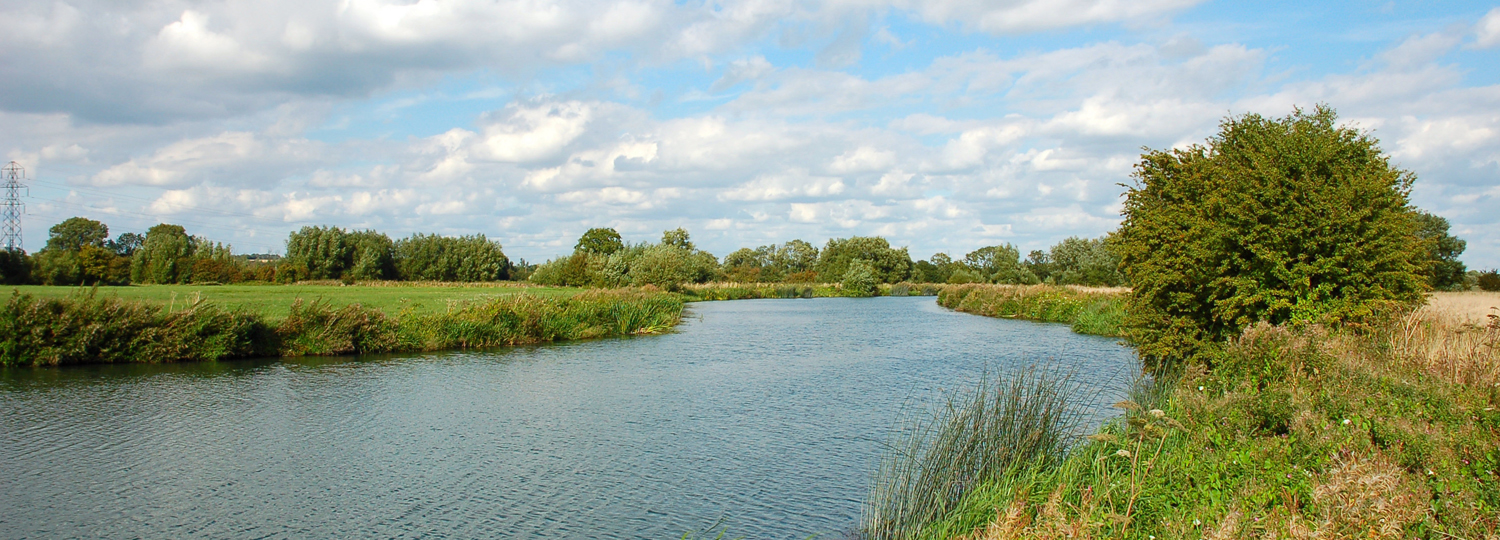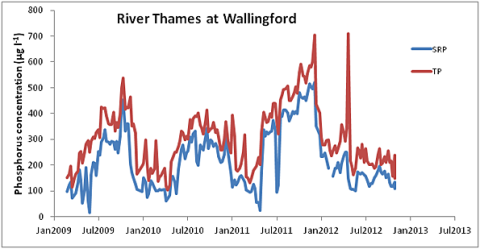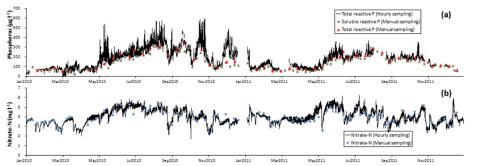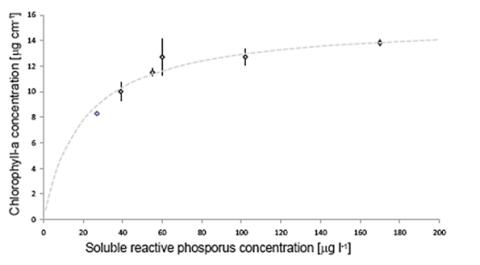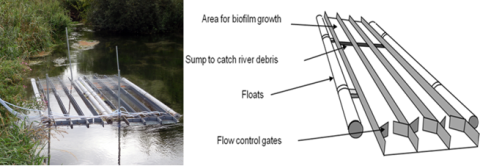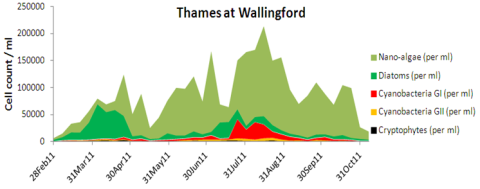Scientific challenge
The river Thames is facing growing pressures as a result of rapid population growth, intensive agriculture, climate change and water resource challenges. The impact on water quality, chemistry and ecology needs to be fully investigated, especially during a time of rapid water quality improvements in the lead-up to implementation of the EU Water Framework Directive.
Thames monitoring
The river Thames is the largest river that is wholly in England, with a total length of 354km. The Thames basin contains many major urban centres, including London, Swindon, Oxford, Slough, Maidenhead and Reading, housing a fifth of the UK population. Some of the tributaries and the lower Thames are therefore heavily impacted by sewage pollution. However, the upper Thames and many of its tributaries are relatively rural, and have good water quality and ecological status.
The river Thames basin is facing growing pressures due to rapid population growth, intensive agriculture, climate change and water resource challenges.
UKCEH has conducted water quality monitoring of the Thames and many of its tributaries since 1997. This monitoring has been expanded in recent years through our Thames Initiative, to allow changes in water chemistry and ecology to be fully investigated.

This chemical and biological monitoring programme provides a research platform to support a wide range of cross-disciplinary science both within CEH and externally. It currently supports collaborative external projects ranging from nutrient pollution modelling, assessment of novel in-situ analyser technologies, pharmaceutical pollutants, microbial metagenomics studies and nanoparticles.
